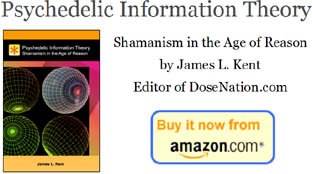More on crack sentencing disparities
As crack cocaine sentencing disparities wend their way slowly toward the consideration of reform, Slate takes a good look at the myths that underpinned the disparities in the first place, and the turning point in how judges approached sentencing.
First, the myths and their resulting disparities:
Relying on a report in the Journal of the American Medical Association, the commission noted that crack and powder cocaine are pharmacologically identical and produce "the same physiological and subjective effects." The harm associated with prenatal exposure to the drugs is also the same, and both crack and powder are significantly less damaging in this regard than previously thought. Recent data also indicate that only 10 percent of crack offenses involve violence, and that use of the drug never reached the epidemic proportions that were so often claimed.
What's more, the 1980s laws failed to achieve the additional aim of locking up major drug traffickers. The sentencing commission reported recently that only about one-third of crack offenders are high-level operators. The overwhelming majority are street dealers, couriers, and lookouts. Meanwhile, harsh crack penalties disproportionately affect minorities. Of the 25,000 federal defendants sentenced for crack offenses over the past five years, about 80 percent were black.
And the turning point:
In 2005, the Supreme Court's decision in United States v. Booker changed the entire federal sentencing landscape. Before Booker, federal sentencing guidelines were mandatory. Trial judges had to follow them, except in the most extraordinary of circumstances. Booker chucked mandatory application of the guidelines as an unconstitutional incursion on the right to trial by jury. As a remedy, the Supreme Court restyled the guidelines as "advisory." Courts must now consider them when determining sentences, but they can also consider any other reliable and relevant information.
And that's precisely what courts are doing. Trial judges are testing the limits of the law by refusing to sentence crack defendants to prison terms that comport with the 100-to-1 ratio. As justification, they're relying on Booker to consider the sentencing commission's findings in its multiple reports to Congress, which essentially say that the 100-to-1 ratio overstates the seriousness of crack offenses and misrepresents the harmfulness of the drug as compared to powder cocaine.
Uh.... you think?
|

Recently @ DoseNation
|
|




















